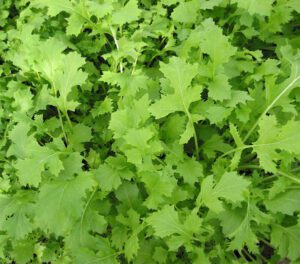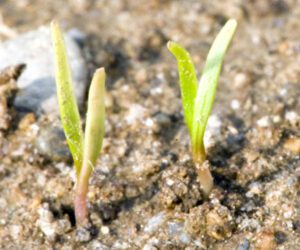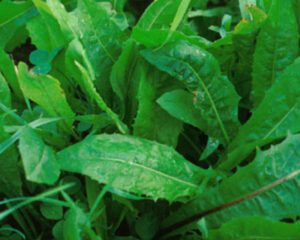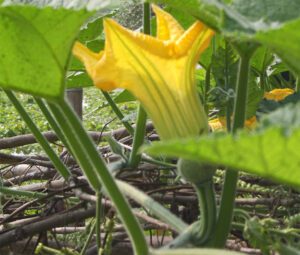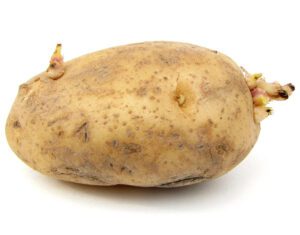Growing paracress can be a good way for enhancing the beauty of your home garden, because it is grown as an ornamental plant in many areas. And at the same time, you can also enjoy the leafy greens. The plants are hardy and grow quickly.
The paracress (Acmella oleracea) is actually a species of flowering herb in the family Asteraceae. The plants bear gold red inflorescences and attract freflies when bloom.
The paracress is known by many other different names in different parts of the world. It’s other names include Jambu, Goraspan, Electric daisy, Tingflowers, Buzz buttons, Toothache plant and Sichuan buttons.
The paracress plants have many different uses. But for culinary purposes, small amounts of shredded fresh leaves are said to add unique flavor to salads. The leaves may be used as leafy greens, because the cocked leaves lose their strong flavor.
In Southern Brazil, both fresh and cooked leaves are used in dishes such as stews. The leaves are often combined with chilies and garlic for adding flavor and vitamins to other foods.
The flower bud of the paracress has a grassy taste followed by a strong tingling or numbing sensation and often excessive salivation, with a cooling sensation in the throat.
The buds are known by many other names such as buzz buttons, sansho buttons, electric buttons and Sichuan buttons. The buds are used as flavoring in chewing tobacco in India.
The paracress is also used as a medicinal remedy in various parts of the world. However, growing paracress organically in your home garden can be a good way for enjoying this great herb.
How to Grow Paracress
The paracress plants are small and erect, and they grow quickly. They grow well in warmer weather. Here we are describing more information about growing paracress in home garden.
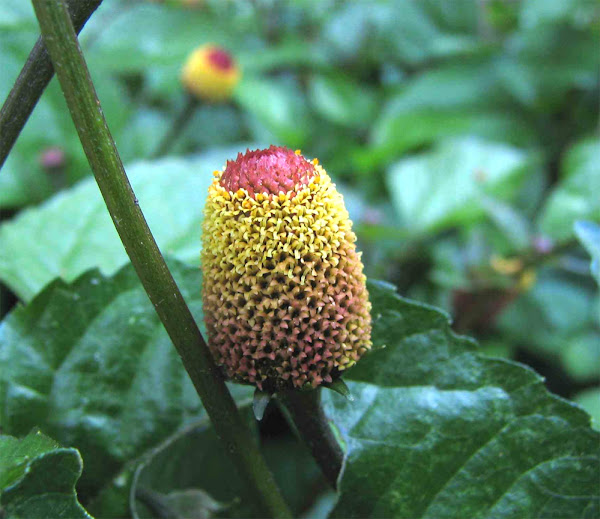
Select a Site
First of all, select a suitable site in your home garden for growing paracress. The paracress plants grow well in full sun and the seeds also require direct sunlight to germinate. So, select a good site with full sun.
Prepare the Soil
The paracress plants prefer well-drained and very fertile soil which is high in organic content.
So prepare the soil by tilling and adding lots of organic content into it. Well-rotted aged manure and fully decomposed homemade compost will be very good for this purpose.
Purchase the Seeds
Purchase paracress seeds from any of your nearest markets or garden centers (if available).
The paracress plants are less common, so you might face difficulties while sourcing seeds. By the way, you can order the seeds online.
Best Time for Growing Paracress
The paracress plants are perennial in warmer climates and prefer warmer weather to grow. They are frost-sensitive. So plan for growing paracress during the summer months.
Planting
The paracress plants are grown from seeds. The seeds require direct sunlight to germinate, so don’t cover the seeds with soil after sowing.
Just scatter the seeds over the ground and they will germinate and grow fine. Thin the seedlings to about 10-12 inches apart.
Caring
The paracress plants are very strong and hardy plants. They don’t require much care. They require very fertile soil which is high in organic contents.
If you have prepared the soil by adding lots of organic contents into it, then you don’t have to apply additional fertilizers.
Avoid over-watering the plants and use mulch. Mulch will help to retain moisture into the soil and also help to get rid of weeds from your garden.
Pests and Diseases
The paracress are resistant to diseases and insects. So, you don’t have to think much about this.
Harvesting
You can start harvesting the leaves when the plants are large enough. All the parts of the paracress plants including roots, flowers and buds are used. Good luck!

